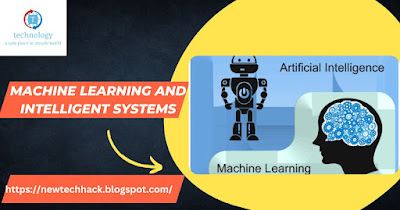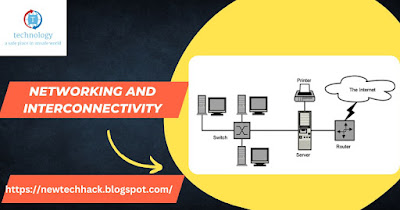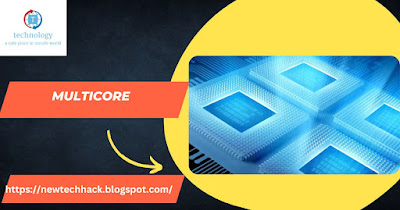Introduction:
In recent years, augmented reality (AR) has captured the imagination of both consumers and businesses alike. With advancements in technology, AR has evolved from a mere novelty to a powerful tool with wide-ranging applications. From gaming and entertainment to education, healthcare, and retail, AR is transforming various industries by offering immersive experiences that blend the physical and digital worlds. In this blog post, we will delve into the latest emerging trends in augmented reality and explore the exciting possibilities that lie ahead.
1. AR Cloud: Building a Persistent Digital Layer
One of the key advancements in AR is the development of the AR Cloud. This technology enables the creation of a persistent digital layer that overlays the physical world, allowing users to interact with virtual objects in a shared space. The AR Cloud opens up possibilities for collaborative experiences, location-based information, and persistent virtual content that persists across devices and time.
2. Spatial Computing: Bridging the Gap between Humans and Machines
Spatial computing is revolutionizing the way we interact with technology. By combining AR, computer vision, and machine learning, spatial computing allows computers to understand and interact with the physical world in real time. This trend is paving the way for more natural and intuitive user interfaces, enabling gesture-based interactions, object recognition, and spatial mapping.
3. AR in Retail: Enhancing the Customer Experience
AR is reshaping the retail industry by providing immersive experiences that enhance the customer journey. From virtual try-on solutions and augmented product visualization to personalized shopping experiences, AR is enabling retailers to bridge the gap between online and offline shopping. With the ability to try products virtually, customers can make more informed purchase decisions, leading to increased customer satisfaction and reduced return rates.
4. AR in Healthcare: Transforming Diagnosis and Treatment
Augmented reality is making significant strides in the healthcare sector. Surgeons can utilize AR headsets to overlay patient data, medical images, and real-time guidance during complex procedures, improving surgical precision and reducing errors. AR is also being used for medical training, allowing students to practice procedures in a simulated environment. Furthermore, AR applications are aiding in patient rehabilitation and therapy by creating interactive and engaging experiences.
5. WebAR: Bringing AR to the Masses
WebAR is democratizing augmented reality by making it accessible through web browsers without the need for dedicated mobile apps. This emerging trend eliminates barriers to entry and allows users to experience AR content instantly through their smartphones or other web-enabled devices. WebAR opens up new opportunities for marketers, educators, and content creators to reach a wider audience and deliver engaging AR experiences seamlessly.

























